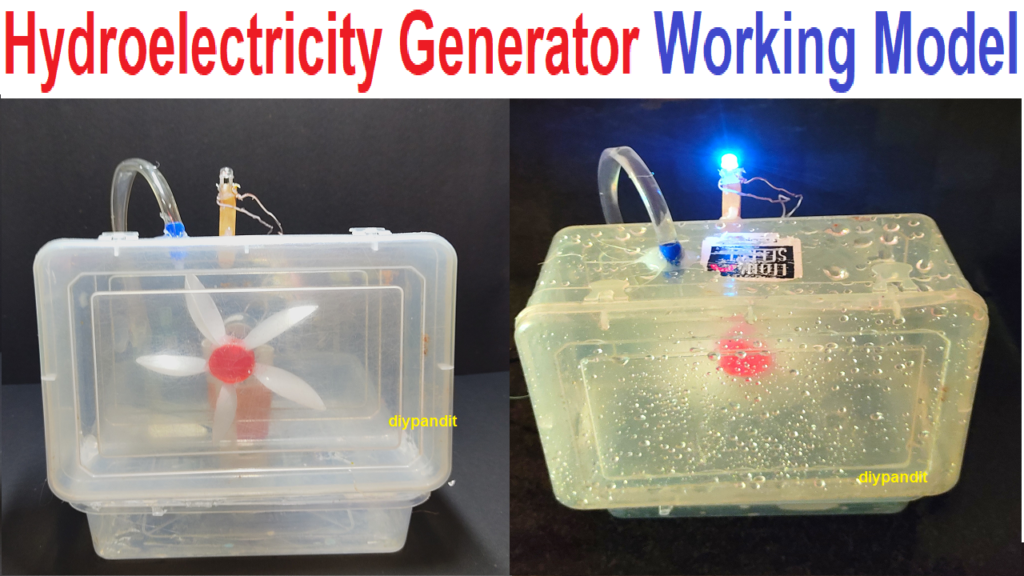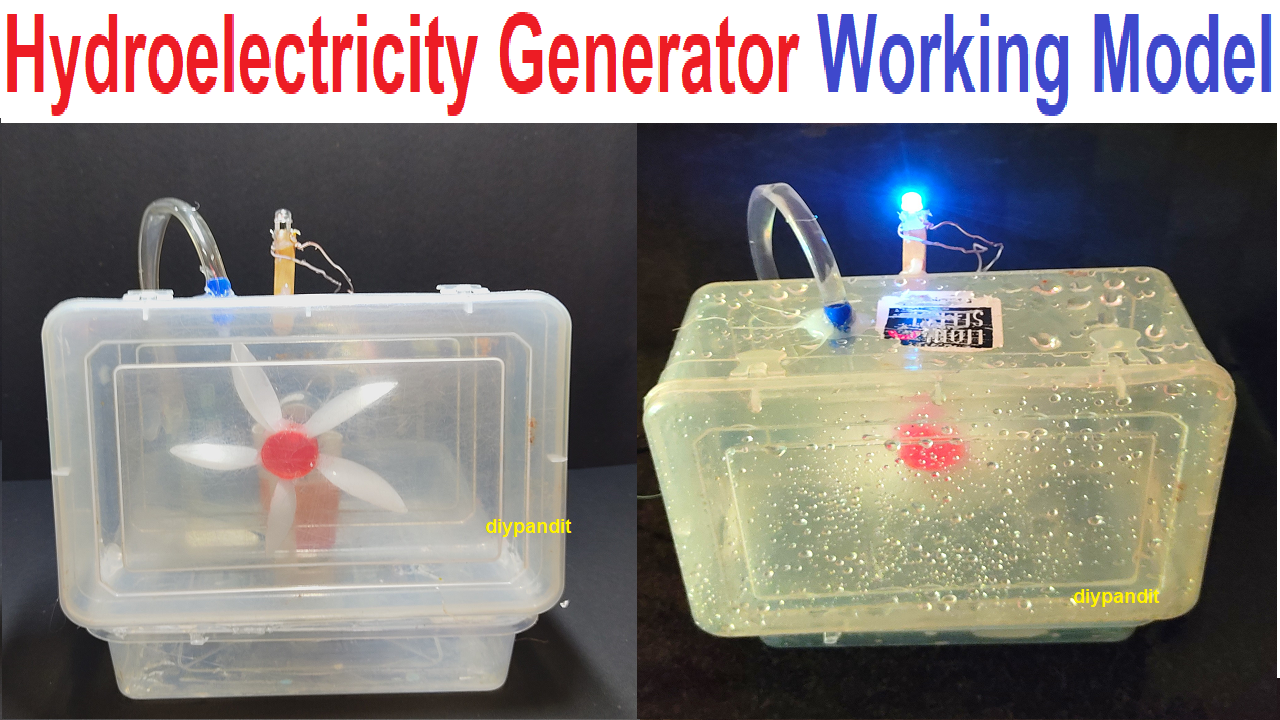1. What is a hydroelectric dam?
- Answer: A hydroelectric dam is a structure built across a river to harness the energy of flowing water for the generation of electricity.

2. How does a hydroelectric dam generate electricity?
- Answer: A hydroelectric dam generates electricity by utilizing the kinetic energy of flowing water to turn turbines. The turbines are connected to generators, which convert the mechanical energy into electrical energy.
3. What is the source of energy in a hydroelectric dam?
- Answer: The source of energy in a hydroelectric dam is the gravitational potential energy of water stored in a reservoir. As water flows downhill, its potential energy is converted into kinetic energy.
4. What is the role of a reservoir in a hydroelectric dam?
- Answer: A reservoir stores water behind the dam, creating a height difference (head) that allows for the efficient generation of electricity as water is released and flows through the turbines.
5. How does the height of the dam affect the electricity generation in a hydroelectric power plant?
- Answer: The height of the dam, or the head, directly influences the potential energy of the water. A greater height results in more potential energy, leading to increased electricity generation.
6. What are the environmental impacts of building a hydroelectric dam?
- Answer: The environmental impacts may include altered river ecosystems, displacement of communities, and changes in water temperature. However, hydroelectric dams are considered relatively clean compared to some other forms of energy generation.
7. Can you name a famous hydroelectric dam?
- Answer: The Hoover Dam in the United States is a famous hydroelectric dam.
8. What is the function of the spillway in a hydroelectric dam?
- Answer: The spillway is designed to safely release excess water from the reservoir during periods of high inflow, preventing the dam from overtopping.
9. How does a hydroelectric dam contribute to renewable energy?
- Answer: Hydroelectric dams contribute to renewable energy by harnessing the energy of flowing water, which is a sustainable and continuously replenished resource.
10. What is the difference between a run-of-the-river dam and a reservoir dam? – Answer: A run-of-the-river dam generates electricity without significantly impounding water, relying on the natural flow of the river. A reservoir dam creates a large storage area behind the dam, regulating water flow and enhancing electricity generation.
11. How does a hydroelectric dam help in flood control? – Answer: Hydroelectric dams can help in flood control by regulating the release of water from the reservoir during periods of heavy rainfall, reducing the risk of downstream flooding.
12. What is the lifespan of a typical hydroelectric dam? – Answer: The lifespan of a hydroelectric dam is typically several decades, ranging from 50 to 100 years or more, depending on factors such as maintenance and structural integrity.
13. How does a hydroelectric dam contribute to water management in agriculture? – Answer: Hydroelectric dams can contribute to water management in agriculture by regulating the release of water, ensuring a consistent and controlled water supply for irrigation.
14. What is the role of turbines in a hydroelectric power plant? – Answer: Turbines are essential components in a hydroelectric power plant; they convert the kinetic energy of flowing water into mechanical energy, which is then used to generate electricity.
15. How does a hydroelectric dam impact fish migration in rivers? – Answer: Hydroelectric dams can impede fish migration by obstructing their natural pathways. Fish ladders and other fish passage systems are often implemented to mitigate these impacts.
16. Why are some people concerned about the environmental impact of hydroelectric dams? – Answer: Concerns stem from alterations to river ecosystems, potential habitat disruption, and the displacement of communities. However, advancements in dam design and mitigation measures aim to address these issues.
17. What is the role of the penstock in a hydroelectric dam? – Answer: The penstock is a pipeline that carries water from the reservoir to the turbines, directing the flow with high pressure to maximize the efficiency of energy conversion.
18. How does a pumped-storage hydroelectric plant differ from a conventional hydroelectric plant? – Answer: Pumped-storage hydroelectric plants have the capability to pump water back into the reservoir during periods of low electricity demand, acting as a form of energy storage for later use.
19. How does a hydroelectric dam contribute to reducing greenhouse gas emissions? – Answer: Hydroelectric dams produce electricity without directly emitting greenhouse gases, providing a low-carbon alternative to fossil fuel-based power generation.
20. What are the advantages of using hydroelectric power compared to other forms of energy? – Answer: Advantages include renewable resource utilization, low greenhouse gas emissions, and the ability to provide baseload power. Additionally, hydroelectric power is relatively cost-effective over the long term.
21. How does a hydroelectric dam impact water quality in the downstream river? – Answer: Hydroelectric dams can alter water temperature and sediment transport downstream, affecting aquatic ecosystems. Environmental management strategies aim to mitigate these impacts.
22. What is the role of the powerhouse in a hydroelectric dam? – Answer: The powerhouse contains the turbines and generators. It is where the mechanical energy from flowing water is converted into electrical energy.
23. Can a hydroelectric dam be used for drinking water supply? – Answer: While some hydroelectric dams may be used for drinking water supply, their primary function is electricity generation. Drinking water reservoirs are often separate structures.
24. How does the design of a hydroelectric dam vary based on geographical and environmental factors? – Answer: The design of a hydroelectric dam considers factors such as local topography, climate, geological conditions, and environmental impacts, leading to variations in design.
25. What role does sedimentation play in the long-term effectiveness of a hydroelectric dam? – Answer: Over time, sedimentation in the reservoir can reduce the dam’s storage capacity. Proper sediment management practices are essential for maintaining the long-term effectiveness of a hydroelectric dam.

